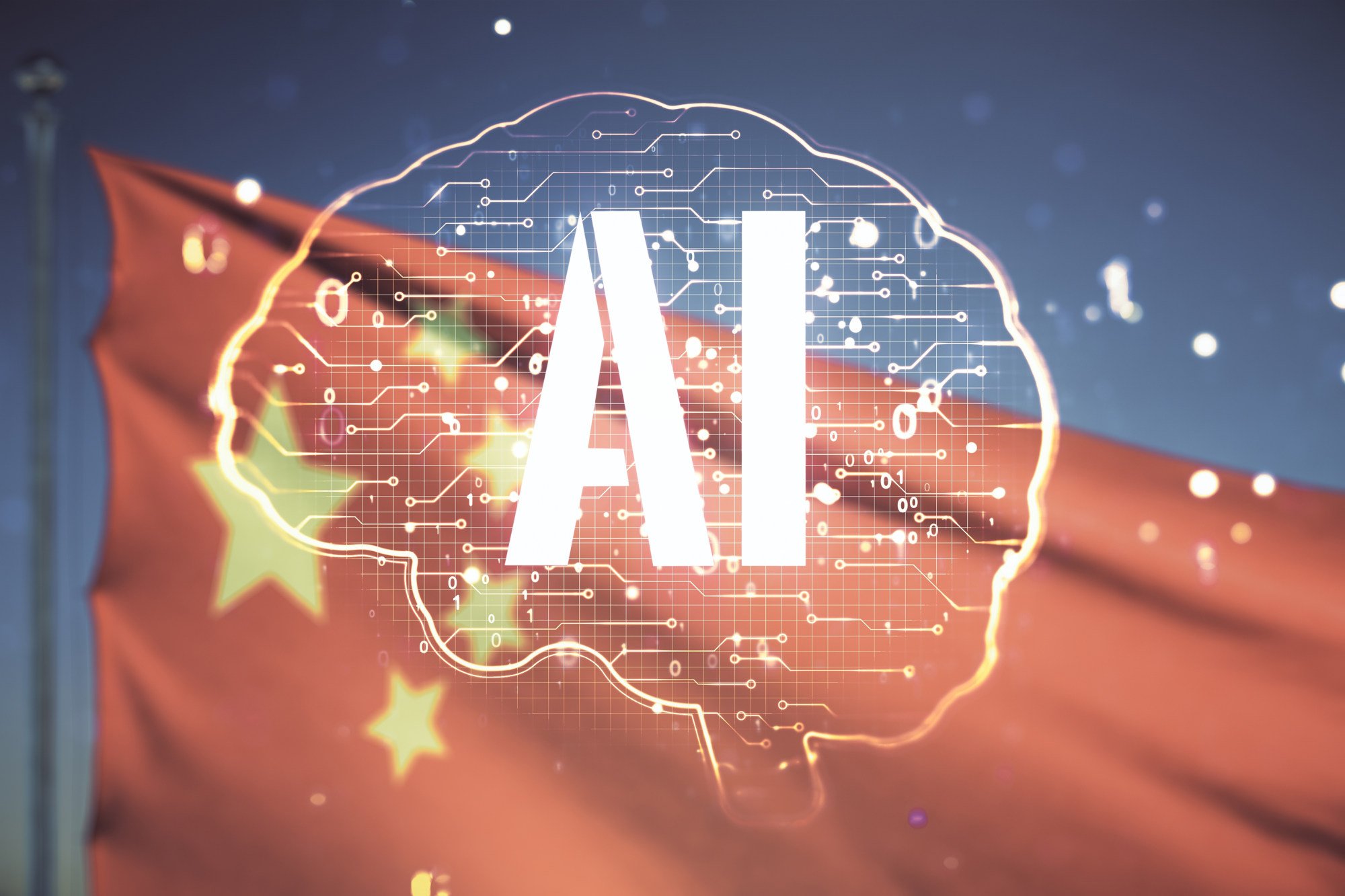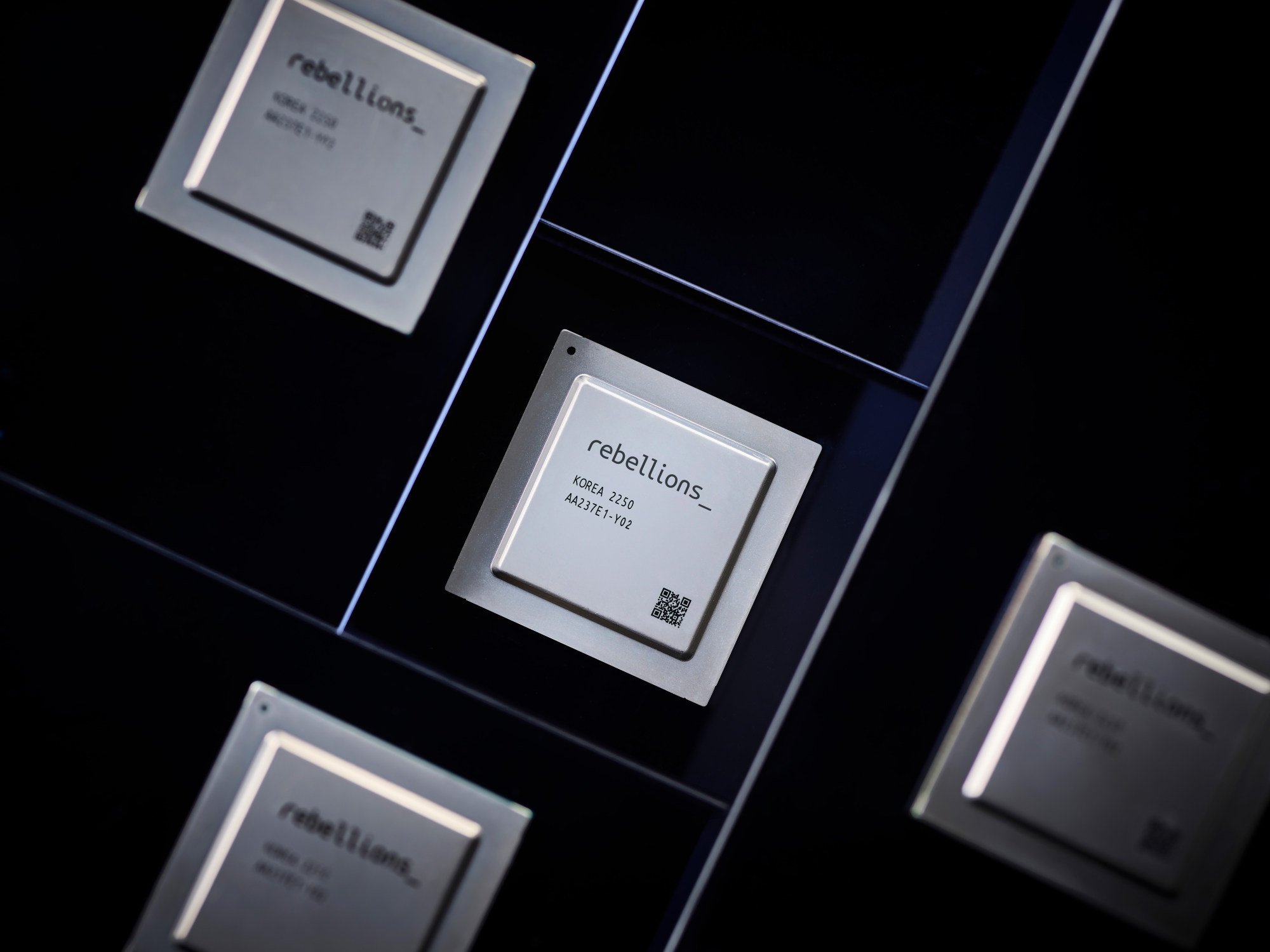
Global Impact: cut off from high-end chips, how much is the US tech war hurting China’s AI ambitions as Sora highlights worrying gulf?
- Global Impact is a weekly curated newsletter featuring a news topic originating in China with a significant macro impact for our newsreaders around the world
- In this week’s issue, we take a look at the ever-changing artificial intelligence (AI) landscape, and at what progress is being made in China
OpenAI’s Sora pours ‘cold water’ on China’s AI dreams
Much of the corporate world is still trying to feel out precisely what the benefits of AI will be and how they will be realised. With video generation, some see an opportunity to upend elements of the video-content mill feeding social media these days.
The results look like something on par with the best online Flash animations from the early 2000s. That is enough to get people to watch, and this technology will only get better.
Nuclear weapons and poison pills: Washington, Beijing warily circle AI talks
This is a precarious position, though. Not only are there threats from Washington to prevent American AI platforms from serving Chinese customers, but Beijing has sought to limit access to models developed abroad because of the country’s tight content controls.
So, at least in this pocket of the industry, the most cutting-edge models may be more of a nice-to-have tool than an essential one – at least for now.
60-Second Catch-up
Deep dives

Just a few years ago, China had envisioned itself eventually dominating the global AI race by leveraging the country’s vast troves of data to develop mature applications for functions like facial recognition. Recent developments in generative AI – which uses large models to produce content like text, images and video – have changed the calculus, making China look like a laggard once again.

Liang Rubo, who took over as chief executive from co-founder Zhang Yiming in 2021, has set out three objectives for ByteDance with regard to GenAI this quarter: strengthen the recruitment of AI talent, enhance the organisational structure, and improve fundamental research, according to people with access to internal briefings, who declined to be named because the information is private.

The United States and China have a shared interest in sitting down to discuss automated weapons, artificial intelligence and its many potential and unforeseen abuses. Less clear is whether the two global AI superpowers and their huge militaries have common interests or goals coming into the talks, which are expected to take place this spring, according to analysts and experts involved in informal sessions between the two nations.
“The good news, which has been a really, really rare thing these days, is that the AI dialogue is seeing some hope,” said Xiaomeng Lu, director of Eurasia Group’s geo-technology practice, who is involved with US-China “Track 2” talks among former government officials, experts and analysts. “Both sides have an interest in preventing unintended consequences.”

Hua Mulan, a legendary heroine in ancient China who took her father’s place in conscription for the army by disguising herself as a man, is now known all over the world thanks to The Walt Disney Co’s 1998 animated motion picture Mulan and its 2020 live-action film with the same title.
Chinese people were reacquainted with the character in the 1950s, when the story was performed by well-known traditional opera artist Chang Xiangyu across the country to raise funds for a military plane for the Korean war.

Computer vision engineers with GenAI skills are being offered an average annual salary of more than 480,000 yuan (US$66,700), about two-thirds higher than the 290,000 yuan earned by their peers without such knowledge, according to a recent report published by Chinese recruitment agency Liepin.

The 2024 Apple Scholars in AIML PhD fellowship – focused on machine learning, a branch of AI concerned with developing algorithms and statistical models for computer systems – shows that 11 of the 21 admitted to the programme were of Chinese origin, based on their names and academic background that include bachelor’s level studies on the mainland, according to a list published on Tuesday by Apple on its website.

Singapore-based smart lenses start-up Brilliant Labs has become the latest company to introduce a pair of smart glasses, as a slew of tech companies, including several in China, try to make wearing glasses “cool”.
The company’s new Frame smart glasses, announced on Friday, are imbued with a custom artificial intelligence (AI)-powered assistant called Noa, which corrals many large language models (LLMs) to find one that is the best fit for a given query. By putting this tech into slim frames that can be worn all day, Brilliant Labs, founded in Hong Kong in 2019, is jumping on the smart eyewear trend that has also drawn in several Chinese companies looking to capitalise on a market expected to boom this year thanks to the entry of Apple with its much larger Vision Pro mixed reality headset.

The telecommunications industry is rushing to explore the potential of generative artificial intelligence (AI), and Chinese equipment suppliers Huawei Technologies and ZTE have joined the pack with their own industry-specific models shown at MWC Barcelona this week.
At the event, the world’s biggest trade show for the mobile industry, Huawei launched its self-developed AI model specifically for telecoms service providers.


A version of this article was first published by The Korea Times in a partnership with the South China Morning Post.
In an office building in southern Seoul, a dozen chips were laid side by side on shelves, each next to their own electric fan to cool them down as they operate.
Global Impact is a weekly curated newsletter featuring a news topic originating in China with a significant macro impact for our newsreaders around the world.




